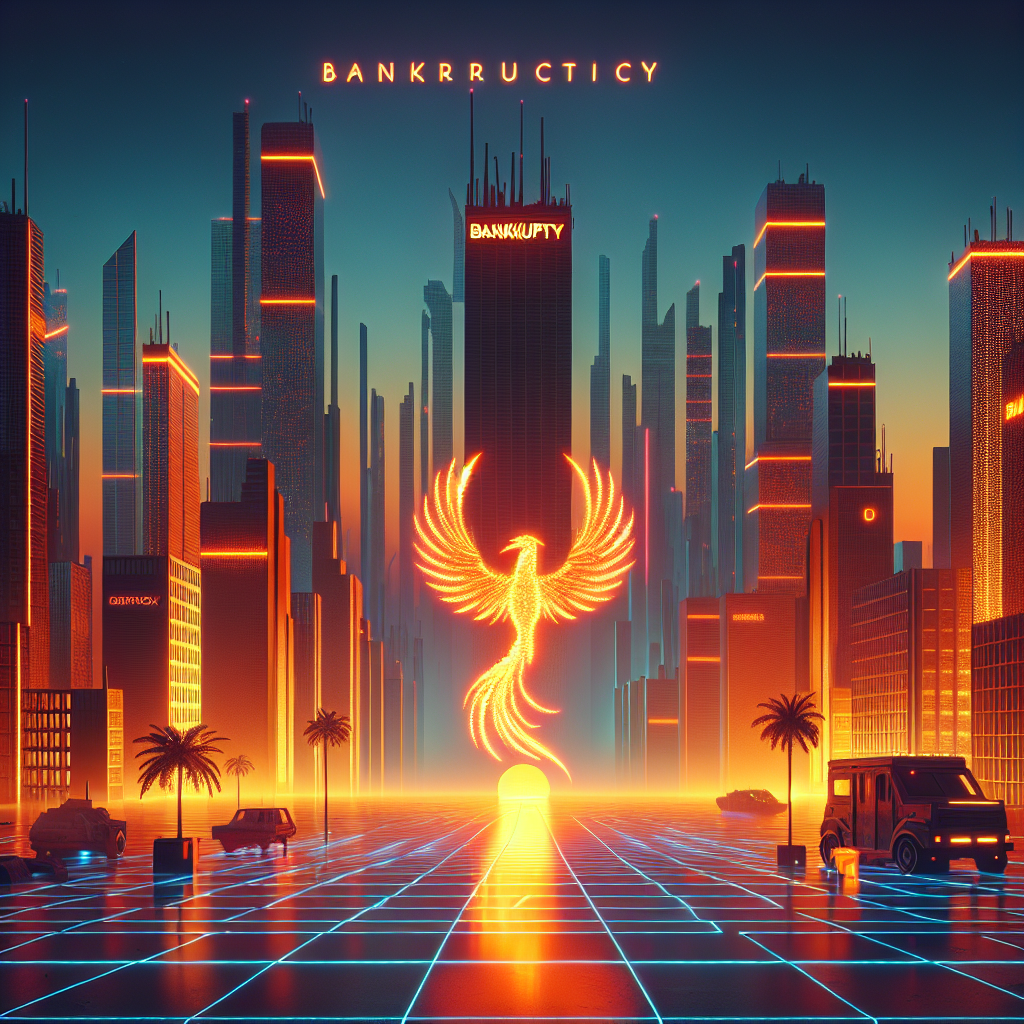It is often seen as a financial endgame, a point of no return. However, contrary to popular belief, bankruptcy doesn’t have to be the end of the road. In fact, it can serve as a springboard for a remarkable comeback.
In many cases, bankruptcy is less about financial ruin and more about restructuring and reorganization. This holds true for both individuals and corporations.
For instance, individuals can utilize bankruptcy protection to negotiate manageable repayment plans or even eliminate some debts altogether. Such provisions are often a lifeline, enabling people to regain control of their financial lives.
For businesses, bankruptcy is not synonymous with closure. Instead, it often provides the breathing space needed to restructure, rethink business strategies, and make a comeback. The headlines have seen several corporations bouncing back stronger than ever after filing for bankruptcy.
These instances are not anomalies but rather testaments to the resilience inherent in bankruptcy comebacks.
The process provides a safety net, allowing individuals and businesses to reset their financial trajectory.

It offers a chance to learn from past mistakes, devise better strategies, and come back stronger.
Why do some bankrupt entities come back stronger? One core reason is the opportunity for introspection and restructuring.
During bankruptcy proceedings, entities are guided to scrutinize their finances critically. They examine their income sources, outflows, and budgeting practices. This scrutiny often reveals inefficiencies that otherwise go unnoticed in the hustle and bustle of everyday operations. Once identified, these inefficiencies can be rectified, laying a foundation for a more robust financial structure.
Furthermore, bankruptcy can lead to renewed focus and innovation. For businesses, the process often prompts a thorough examination of the product or service offerings, operational procedures, and market strategies. This can result in reinvention, diversification, and innovation, all of which can contribute to a stronger comeback.
For individuals, bankruptcy can serve as a wake-up call, prompting a reevaluation of financial habits, investment strategies, and spending patterns. The lessons learned during this period can prove invaluable for building a more financially secure future.
Of course, it’s essential to note that a bankruptcy comeback doesn’t happen overnight. It requires dedication, hard work, and often involves relearning financial management skills. Adequate support, whether through a financial advisor, bankruptcy attorney, or a support group, can be instrumental in navigating this journey.
Bankruptcy should not be viewed as a life sentence but rather as a second chance at financial health. Whether it’s a multi-billion dollar corporation or an individual, the opportunity for a comeback is always present. The key lies in acknowledging the situation, learning from it, and using it as a launchpad for a more robust and resilient financial future.
Undeniably, bankruptcy carries with it a stigma and the inevitable challenges.
Yet, it’s equally true that it paves the way for restructuring, growth, and eventually, a powerful comeback. The journey is often tough, but the destination – a financially secure and stable future – makes it worthwhile.
As we navigate the ebbs and flows of the financial world, the stories of bankruptcy comebacks serve as a beacon of hope. They are a reminder that even in the face of financial troubles, resilience and determination can lead to remarkable comebacks, forever changing the course of a financial journey.